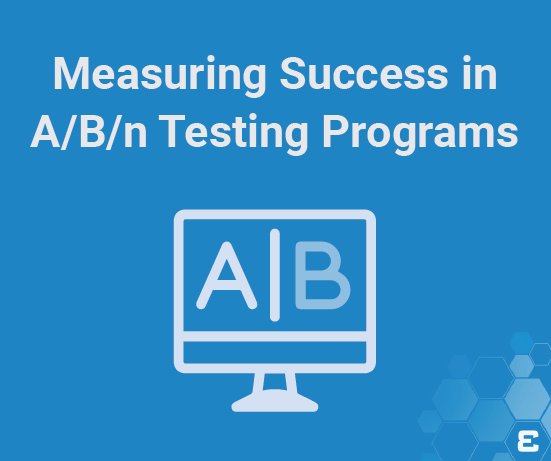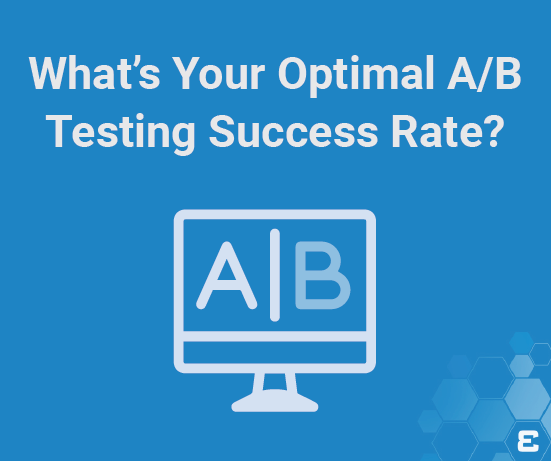Scenarios to Showcase How Vote Counting Logic Impacts Election Results
As you probably know, the US presidential election is not decided by the popular vote — the process of electing a candidate based simply on receiving the most votes. Instead, our country uses the Electoral College method, in which representatives from each district vote according to the will of the people in that district. If a district’s vote tally is 49 – 51, that representative’s vote goes to the candidate receiving 51 votes.
You’ve likely also seen calls for new vote counting mechanisms to promote free and fair elections to better represent the voice of the people. What difference would this make in election results? What are the pros and cons?
These questions are discussed, and illustrated, using an Evolytics taste test of Bubly sparkling water flavors. During the taste test, 16 employees tasted various Bubly flavors and filled out a survey questionnaire to choose their favorites. We’ll pretend that flavors are candidates and teams represent districts.
Electoral College Voting
Process of Electoral College Voting
This is the current process in the United States. A district’s population votes for their preferred candidate. The state designates a group of electoral voters, representing the will of the people within the state and casting votes on a national level to elect a presidential candidate. Each state’s number of electoral voters depends on its number of federal senators and representatives. In a majority of states, whichever candidate wins the popular election in the state gets all of its electoral votes.
Example of Electoral College Voting
In our country (team) with 14 districts, two districts are significantly larger than the others, receiving significantly more electoral votes as well. Lime and Grapefruit are the overwhelmingly popular choices across the districts. However, while Grapefruit wins more districts than any other candidate, Lime gets more electoral votes and thus wins the election.
Pros of Electoral College Voting
- Gives smaller states an equal voice.
- Prevents disputed outcomes ensuring a peaceful transition of power.
- Reduces the costs of national presidential campaigns.
Cons of Electoral College Voting
- Can disregard the will of the majority.
- Gives too few states too much electoral power.
- Reduces voter participation by creating a “my vote doesn’t matter” feeling.
Plurality — also known as the Popular Vote
Process of Plurality Voting
Voters select one candidate, and the candidate with the most votes wins. This is the “winner-take-all” system.
Example of Plurality Voting
Using the same data set as the Ranked Choice example, we select each voter’s first choice. Grapefruit wins the election with five votes, beating out Lime with four votes.
Pros of Plurality Voting
- The system is very simple and easily understood by voters.
- It is also faster and cheaper to operate than other more complicated systems.
Cons of Plurality Voting
- If more than two candidates compete, then the election will likely be won by a minority percent of the vote. In our case, grapefruit won with 5/16 (31%) of the votes. This is less than ideal.
Ranked Choice Voting
Process of Rank Choice Voting
Voters rank as many candidates as desired from most favorite to least favorite. After the first picks are tallied, if no one has 50% of the vote, then the candidate(s) with the lowest amount of votes are dropped. The ballots for anyone dropped as the first choice are reconsidered, and their second choice votes get counted. This process continues until someone receives 50% of the votes and that person wins the election.
Example of Rank Choice Voting
Sixteen voters fill out a complete ranked vote ballot. After tallying the votes, no candidate ends up with 50% of the votes. So, every candidate who only received one vote is dropped from the race, including Apple, Blackberry, Cherry, Lemon, and Orange. The second-pick votes of people who voted for these dropped candidates are then tallied. In round two, Lime is close to the 50% mark with 7 votes, but close is not enough – this time, Strawberry is dropped from the tally since it has the least votes. In the third round, the Strawberry votes are retallied, and all voters’ next choice is Lime, giving Lime a total of 11 votes – 3 more than needed to win. Lime wins over Grapefruit in the ranked-choice voting model.
Pros of Rank Choice Voting
- Ensures a winner gets >50% of the votes.
- Removes the ‘spoiler’ effect. Spoiler effect is when a popular candidate loses an election by a small margin because a less-popular similar candidate attracts votes away from the popular candidate, allowing a dissimilar candidate to win.
- Discourages negative campaigning.
- Makes voters do more homework on available choices, meaning votes are more informed.
Cons of Rank Choice Voting
- Makes voters do more homework, meaning there’s more work to be done than simply choosing one candidate.
- It can require new voting equipment, raising costs.
- Some studies find that low-income and minority voters participate at a lower rate.
Proportional Representation — also known as the Open List
Process of Proportional Representation Voting
In Proportional Representation systems, voters don’t choose candidates so much as they choose their parties. They vote for the ideology they align with, and parties receive seats based on the proportion of voters choosing that party.
Once a party has a seat, there are a multitude of ways to choose a candidate. To simplify, we’ll discuss the polar ends of the spectrum. The first is “closed list” voting. Closed list means that only active party members and officials get a choice in candidates chosen by the party. The other end of the spectrum is “open list,” allowing voters to have a say in the candidate chosen to represent the party. Most countries using proportional representation fall somewhere in the middle of the spectrum, weighting votes differently.
Example of Proportional Representation Voting
In our Bubly-verse, we have four districts with four seats each, and we will use the “largest remainder” approach for seat allocation. Each district has 16 votes, which means each seat needs four votes to fill it. In this scenario, four votes is the quota. Seats are assigned based on whole number quotas filled, and we start with the party with the most total votes.
In District 1, we start with Citrus which has 11 votes. Citrus gets the first seat (seven votes remaining), and the second (three votes remaining). We now have Citrus with three remaining votes, Berry with three votes, and Stone/Pome with two votes. There are two seats left in the district, and they go to Citrus and Berry. Stone/Pome does not get a seat in this district.
In District 2, Stone/Pome has the most total votes with seven votes, and they get the first seat. That leaves Stone/Pome with three remaining votes. The second seat goes to Citrus with five total votes (one vote remaining). The third seat goes to Berry who has four votes. That leaves one seat left, which goes to Stone/Pome since they have the largest remainder with three votes.
Reviewing the remaining districts in the visualization, you’ll notice a tie. Various methods can help resolve a tie-breaker, but none are completely satisfactory. We choose a coin flip here, and Berry comes away victorious. You can see how in political elections using this system, a coin flip may be “fair,” but there’s much more at stake than which flavor of Bubly is available in the office fridge.
Pros of Proportional Representation Voting
- Allows for representation of minority parties that otherwise would not have access in single-member systems.
Cons of Proportional Representation Voting
- Often doesn’t allow voters to evaluate individual candidates.
- Tends to be more complicated to implement than a single-member district system.
Regardless of the tallying method, the best way to have your voice heard is to vote
This is a quick glance into different voting methods. We hope these visuals and examples using Bubly power-rankings from Evolytics employees better equip you to understand what exactly politicians in America mean when they talk about changing the voting system.
Keep in mind that there is not a “more correct” option of tallying votes — each method presented has benefits and drawbacks for the voter and society at large, and all methods are used throughout the world today. Either way, make sure you get out and vote, regardless of the voter tally method used in your election.
Data-Informed Voter Series
The Data-Informed Voter Series is a 2020 passion project for a team of Evolytics analysts. We aim to be as politically neutral as possible while discussing the data, implications, and interpretations we see in the news. We discuss topics as a pseudo-editorial board with the aim of informing voters on how a professional analyst would interpret data during an election cycle. This project team consists of John Carney, Jay Farias, Liam Huffman, Brian Johnson, Anoush Kabalyan, Laura Sutter, and Krissy Tripp.
Related Data Stories Blog Posts
Data stories from the experts.

Measuring Success in A/B/n Testing Programs
The Whole is Greater than the Sum of its Parts The results of your latest A/B/n test are in-hand, they’re…
 Increasing revenue seems relatively easy in a growing economy and roaring stock market. Amid ideal market conditions, consumers and businesses…
Increasing revenue seems relatively easy in a growing economy and roaring stock market. Amid ideal market conditions, consumers and businesses…


